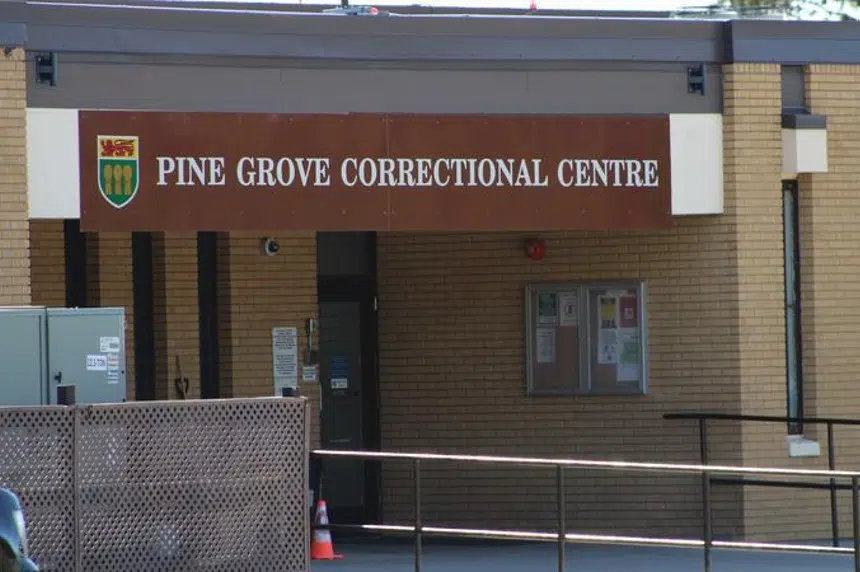By Nigel Maxwell
A spokesperson for the Ministry of Corrections, Policing and Public Safety is helping clear the air with respect to online reports related to a carbon monoxide leak this week at Pine Grove Correctional Centre in Prince Albert.
Speaking with reporters Friday afternoon, Noel Busse explained that late Wednesday morning, inmates within a single unit at the facility made staff aware of a funny smell.
The unit was immediately ventilated and, upon further investigation by SaskEnergy, elevated levels of carbon monoxide were found.
“It was ultimately found there was a faulty heating unit,” Busse said.
Busse said as soon as the elevated levels were found, the affected inmates were moved to a chapel and a recreation area.
By 4:40 p.m., SaskEnergy indicated the area was safe and all the inmates and staff returned, including three people (two of whom were inmates) who had gone to the hospital to be assessed and treated for nausea and headaches, symptoms possibly related to carbon monoxide poisoning.
With respect to the faulty heating unit, Busse indicated that it will be replaced, and that carbon monoxide detectors have been installed within the unit to ensure it’s not an ongoing issue.
“It appears that this problem was isolated to that single unit. We don’t have any indication that this is a problem across the facility,” he said.
That being said, Busse acknowledged there will be a thorough review into the use of carbon monoxide detectors at the facility.
According to an email sent to paNOW on Thursday from prisoner advocate Sherri Maier with Beyond Prison Walls Canada, as many as 20 female inmates suffered from carbon monoxide poisoning in Unit 3. She claimed no correctional officers seemed to care until they found the women asleep.
“We don’t have any indications that those (claims) are accurate. Inmates came to staff the morning of Wednesday, March 30, and it was quickly found there were elevated levels of carbon monoxide,” Busse said.
Within her email, Maier also questioned why the public was not immediately made aware of the incident. Busse explained that had the incident been as serious as what had been described on social media, the ministry would have notified the public, but due to the actual circumstances surrounding the isolated incident, staff felt it could be handled internally.
“As this evolved, it obviously has become necessary to discuss it,” he said.
Addressing online reports, Busse acknowledged it is frustrating when information gets out into the public related to an incident and it’s not entirely factual.
“It gets a little hard to put the toothpaste back into the tube when inaccuracies like that do come out, but we appreciate the opportunity to clarify things,” he said.







